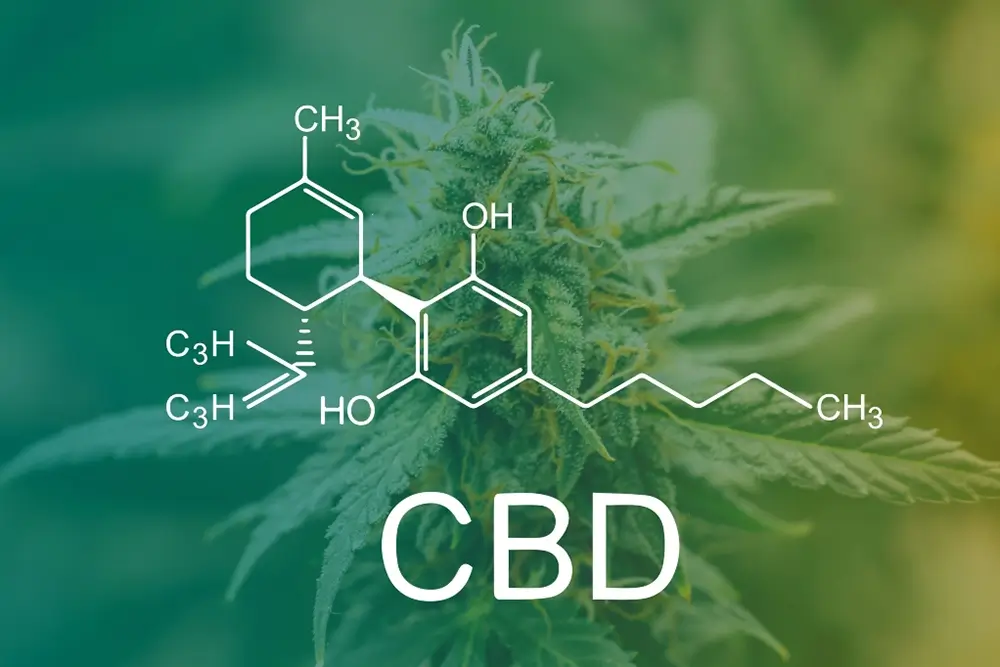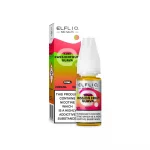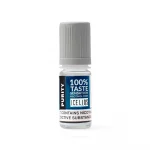Introduction: Vaping CBD has gained popularity for its potential therapeutic benefits, but understanding the science behind it is crucial. In this comprehensive guide, we delve into the scientific research behind vaping and CBD, focusing on how they interact with the body’s endocannabinoid system (ECS) and other physiological processes.
- The Endocannabinoid System (ECS):
- Explain the ECS, a complex network of receptors, enzymes, and endocannabinoids that play a key role in regulating various bodily functions, including mood, pain sensation, appetite, and sleep.
- Discuss the primary components of the ECS, including cannabinoid receptors (CB1 and CB2), endocannabinoids (such as anandamide and 2-AG), and enzymes responsible for their synthesis and degradation.
- CBD and the ECS:
- Explore how CBD interacts with the ECS, primarily by modulating the activity of cannabinoid receptors and influencing the production of endocannabinoids.
- Discuss CBD’s potential as a phytocannabinoid, highlighting its ability to indirectly activate cannabinoid receptors and exert therapeutic effects without causing psychoactive effects like THC.
- Vaping and Bioavailability:
- Explain the concept of bioavailability, which refers to the proportion of a substance that enters circulation and reaches its target sites in the body.
- Discuss the advantages of vaping CBD in terms of bioavailability, noting that inhalation allows for rapid absorption of CBD into the bloodstream through the lungs, bypassing the digestive system and liver metabolism.
- Scientific Research on Vaping and CBD:
- Review notable studies and clinical trials investigating the effects of vaping CBD on various health conditions, such as chronic pain, anxiety, epilepsy, and inflammatory disorders.
- Highlight key findings from research studies, including evidence supporting the therapeutic potential of vaping CBD for symptom management and disease treatment.
- Safety Considerations and Potential Risks:
- Address safety concerns associated with vaping, such as the potential risks of inhaling vaporized substances and the importance of using high-quality CBD vape products from reputable sources.
- Discuss regulatory considerations and guidelines for vaping CBD, including product labeling, quality control measures, and legal compliance.
Conclusion: Summarize the scientific evidence supporting the use of vaping CBD for therapeutic purposes, emphasizing its interaction with the ECS and potential health benefits. Encourage readers to consult with healthcare professionals before incorporating vaping CBD into their wellness routines and to prioritize safety and product quality.





